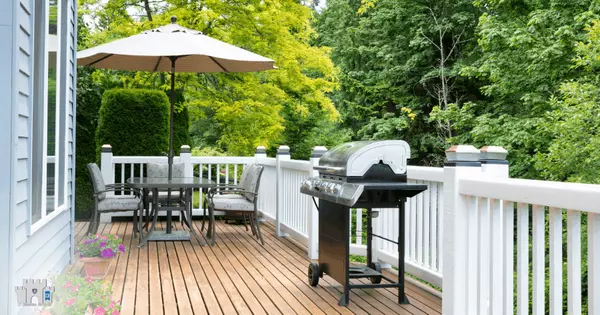Balancing Style and Functionality in Your Home Design

Creating a home that feels personal and welcoming is about more than just design trends. It’s an opportunity to craft an environment that resonates with your unique preferences and lifestyle. Whether you’re starting fresh or looking to refresh your current space, here are practical tips to help you design a home that feels truly yours.
1. Define Your Style
Before diving into decor, take time to identify your personal style. Do you lean toward a minimalist, modern approach, or are you drawn to classic and traditional designs? Maybe your preferences lie in a mix of styles. Use this as a foundation to guide decisions on colors, furniture, and decorative elements. Knowing your style ensures that your home feels cohesive and authentic.
2. Make Functionality a Priority
While a beautiful space is appealing, a functional one is essential. Arrange furniture to create clear pathways and ensure easy movement through rooms. Consider multi-purpose furniture, such as a storage ottoman or a convertible sofa, to make the most of your space. Functionality ensures your home is not just attractive but also practical for daily living.
3. Use Lighting to Set the Mood
Lighting plays a significant role in shaping the atmosphere of your home. Aim for a mix of natural light and strategically placed fixtures. Overhead lights can provide general illumination, while floor lamps, wall sconces, or table lamps add layers of warmth. Consider task lighting in workspaces, such as the kitchen or home office, and use accent lighting to highlight artwork or architectural features.
4. Add Personal Elements
Incorporate personal items that tell your story. Display meaningful artwork, photographs, or mementos that reflect your life and experiences. These touches make a house feel like a home. Strike a balance between showcasing personal pieces and maintaining an uncluttered look, ensuring visitors feel welcome in the space.
5. Stay Mindful of Trends
Trends in interior design can be inspiring, but it’s wise to approach them with a critical eye. Incorporate elements of current styles that align with your preferences, but focus on timeless designs that won’t feel dated quickly. A neutral sofa with trendy throw pillows, for example, can strike a balance between classic and contemporary.
6. Practical Tips for Harmonious Design
- Choose a Color Palette: Select a few complementary colors and stick to them throughout your home to create a sense of unity.
- Play with Texture: Layer textures like wood, metal, and fabric to add visual interest and depth.
- Create Focal Points: Highlight a standout piece of furniture, artwork, or a feature wall in each room.
- Keep It Organized: A clutter-free environment not only looks better but also promotes relaxation.
Designing your home is a process that combines practicality with creativity. By focusing on your personal style, prioritizing functionality, and incorporating meaningful touches, you can create a space that feels both beautiful and uniquely yours. Remember, your home should work for you—every choice should reflect your needs, preferences, and personality.
Categories
Recent Posts










GET MORE INFORMATION

Managing Broker | REALTOR | License ID: 02080040
+1(925) 413-1849 | kenneth@jcastlegroup.com
